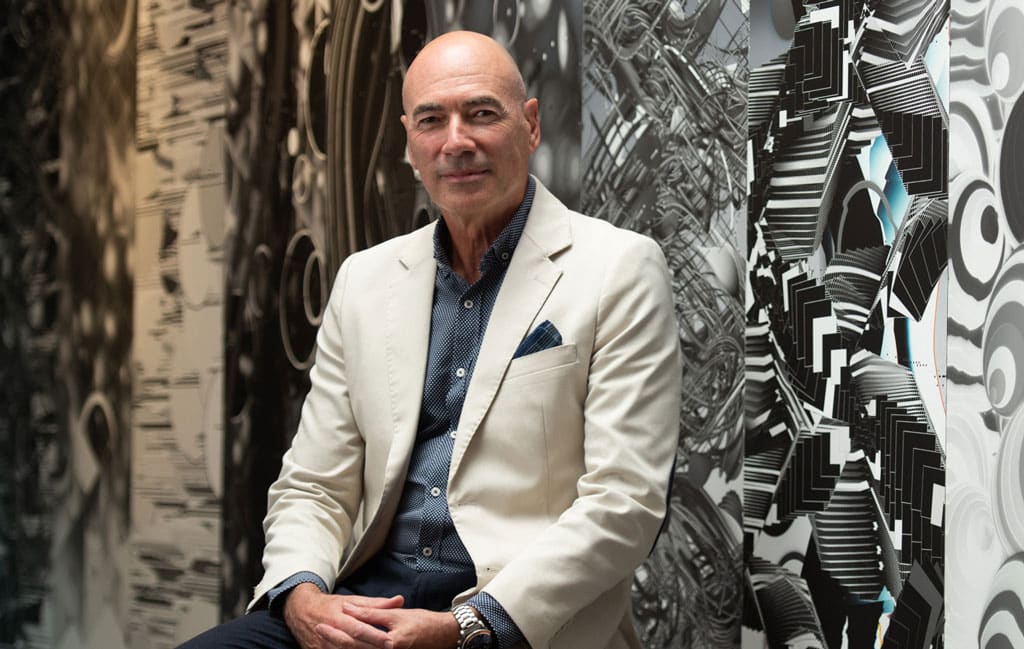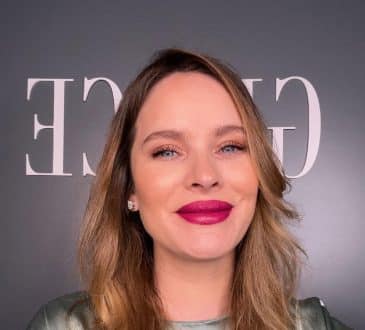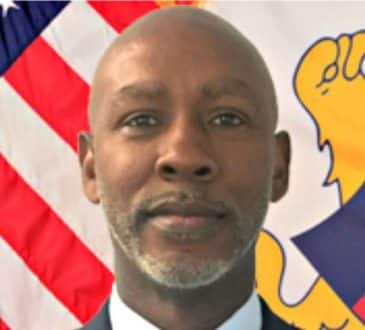Four keys to educating your workforce for the creative economy

The concept of a creative economy dates to at least the 1960s – long enough to warrant a good rethinking, both in terms of what sectors it applies to and how we educate creative people for economic impact. To discover how companies and colleges are addressing both of those issues, we sat down with Steven Brittan, President of Laguna College of Art & Design (LCAD).
In our discussion, Brittan offered four keys that can open up new opportunities:
- Expand your definition of the creative economy.
“The Creative Economy Outlook for 2024,” a United Nations report, notes that the creative economy “is not just art. It is an economic powerhouse.” Unfortunately, the report limits the definition of that powerhouse to traditional creative goods and services. Brittan argues that it should apply to any and every business sector.“We need to expand what the creative economy means beyond the traditional arts into all aspects of human interactions with products, spaces and the environment,” he told us. ““I’m particularly interested in the way that we think of the creative economy as an ecosystem, an intersection of entrepreneurship, innovation, and creativity.”
- Develop collaborators as innovators.
We asked Brittan to explain exactly how the art students he’s educating fit into that business intersection – particularly in terms of innovation. “Contrary to the myth of the solitary genius,” he said, “innovation doesn’t just spring from an individual, it comes out of a collaborative group. So, whether a student is a graphic designer, painter, game artist or an animator, we emphasize interdisciplinary learning and creative problem-solving.”He added that “the cross-disciplinary part of that is where things get very interesting. In one of our many projects with industry leaders, students may be sitting across from a scientist, engineer, biologist, you name it. Thanks to the students’ creative mindset, and the way we’ve taught them to interrogate ideas through design thinking, they can and do help draw out the innovative aspects from other disciplines.”
- Engage in practice-based learning.
We were curious, but admittedly skeptical, about art college students collaborating with industry experts, so we pressed Brittan for more explanation. “LCAD exposes students as much as possible to practical, real-world experiences. We call it practice-based learning,” he replied. “We’re surrounded by leading organizations that intersect in many ways with what we teach, and we go out of our way to develop opportunities with and for them.For instance, we’re collaborating with The School of Genomics and Precision Medicine at The University of California, Irvine. Their researchers are conducting a decades-long study, sponsored by the National Institute of Health (NIH), on how gene-based diagnostics can provide patients with more predictive and preventive healthcare.
One of the project’s on-going challenges has been how to engage underserved communities that may be suspicious about giving blood or providing medical data. Our graphic design and digital media students were tasked with understanding ‘What is all that data? How does it get translated, both literally and emotionally? How can UCI engage different audiences, ethnic groups and neighborhoods to help them understand and embrace this study?’
By asking the right questions of both the researchers and the communities, our LCAD team was able to develop and distribute a range of highly effective promotional communications. In fact, the impact was so pronounced that UCI provided further funding from the NIH to extend the collaboration.”
- Hire for humanity in the age of AI.
No discussion of how to educate a workforce for the creative economy would be complete without addressing AI – or, as Brittan would have it, the necessary interplay of artificial intelligence and artistic intelligence.“People ask me why, this far into the digital age, we still teach students to draw by hand,” he said. “It’s simple: there’s something in the act of drawing and describing the world that creates a further thought process, encourages a deeper understanding, and causes you to reason in way which AI doesn’t – at least not yet. [Text Wrapping Break][Text Wrapping Break]We’re even experimenting with quantum computing, which is expected to supersede AI in the future. Our game program will be launching a collaboration with quantum physicists at Caltech, leveraging the technology’s more lateral, experiential and even spontaneous way of thinking to explore not just how we play games but how we can better educate with them. So, we’re constantly expanding our toolkit – but always with humans essential to the mix.”
A last bit of advice for CEOs.
As our interview ended, Brittan wanted to leave business leaders two recommendations. “First,” he said, “don’t think of artists in the traditional way – think of them as creators, employees who create value for you. And, secondly, imagine a range of places for those creators in your organization, including the C-Suite. After all, taking full advantage of the new creative economy requires having creative leaders, too.”
———–
Have you read?
The World’s Best Medical Schools.
The World’s Best Universities.
The World’s Best International High Schools.
The World’s Best Business Schools.
The World’s Best Fashion Schools.
The World’s Best Hospitality And Hotel Management Schools.
Bring the best of the CEOWORLD magazine's global journalism to audiences in the United States and around the world. - Add CEOWORLD magazine to your Google News feed.
Follow CEOWORLD magazine headlines on: Google News, LinkedIn, Twitter, and Facebook.
Copyright 2025 The CEOWORLD magazine. All rights reserved. This material (and any extract from it) must not be copied, redistributed or placed on any website, without CEOWORLD magazine' prior written consent. For media queries, please contact: info@ceoworld.biz








